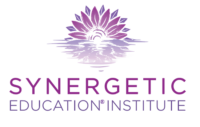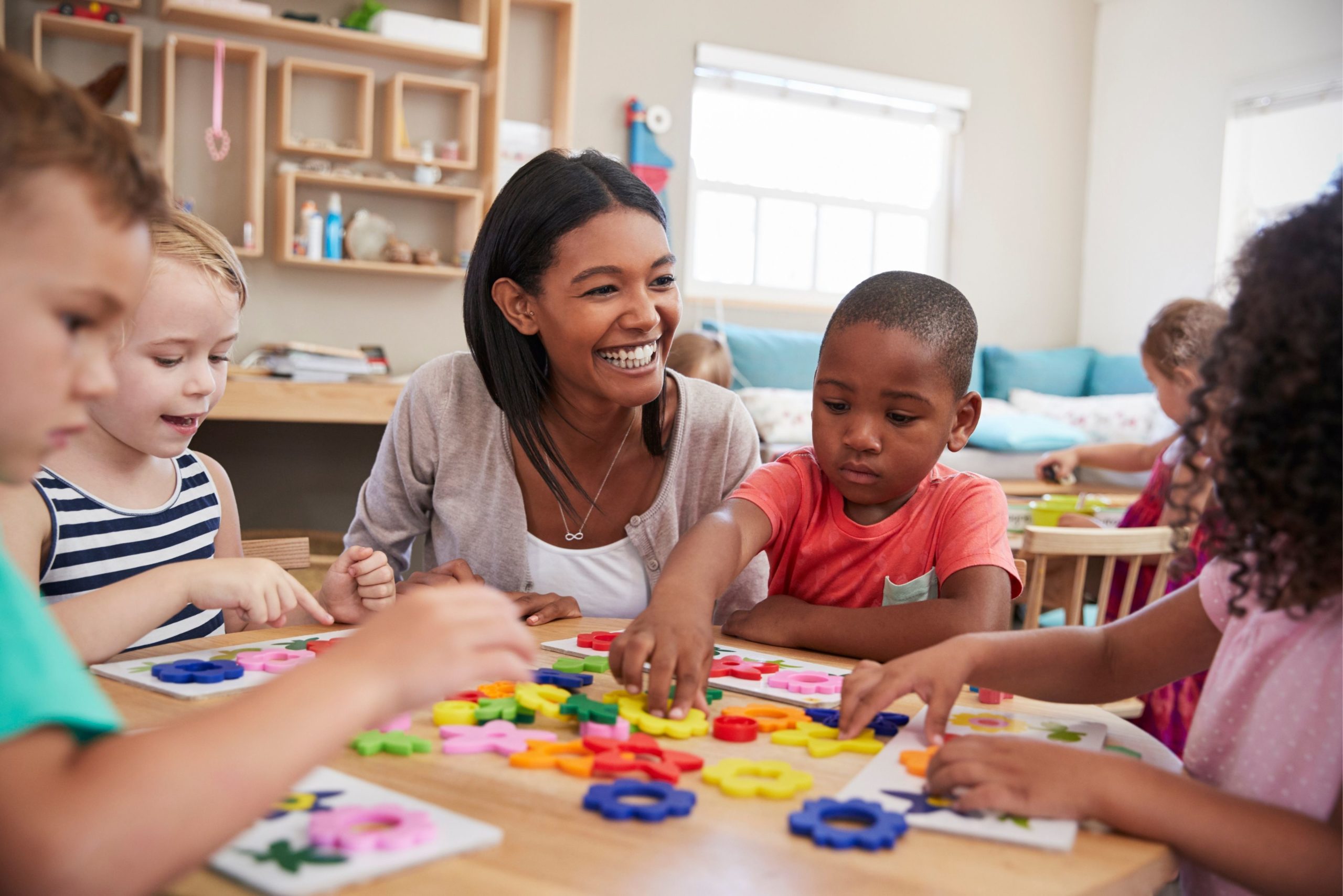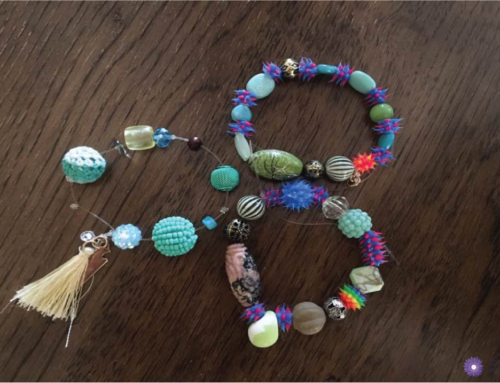Dysregulation wreaks havoc with our ability to control our behavior.
Neuroplasticity has taught us that we can alter our brains through new experiences. This means we can adapt and re-organize the networks connecting the areas of our brain. The more well-developed our networks, the more options we have for behavior. Self-regulation helps us maintain access to these networks. In other words, it’s all about self- regulation. If we are not able to self-regulate, we can get stuck in dysregulated states. In these states we have limited behavioral options.
Explicitly teaching the concept of learning tools supports children in gaining self-regulation skills.
The concept of learning tools experientially teaches students about self-regulation. With support, students explore different tools deciding for themselves which tools work for them, and which do not. This process of self-discovery helps students understand their individual regulatory needs. The ability to self-regulate includes learning different skills, and ultimately results in being able to shift your state of arousal from a dysregulated to regulated state. In classrooms, students are encouraged to explore what helps them shift and focus their attention, one of the needed set of skills to learn to self-regulate. If an object or behavior is distracting, then it is not the right learning tool for that student. Students practice with different tools, experiencing the impact each has on their nervous system. They decide if a tool distracts them or helps them learn. Students come to understand that we all have different regulatory needs.
Learning tools teach self- regulation skills by allowing students to explore and determine their own self-regulatory needs and offering students opportunities to self-regulate throughout the school day.
Fairness is everyone getting what they need, rather than everyone getting the same thing.
Explicitly teaching the concept of learning tools supports children in gaining self-regulation skills.
The concept of learning tools experientially teaches students about self-regulation. With support, students explore different tools deciding for themselves which tools work for them, and which do not. This process of self-discovery helps students understand their individual regulatory needs. The ability to self-regulate includes learning different skills, and ultimately results in being able to shift your state of arousal from a dysregulated to regulated state. In classrooms, students are encouraged to explore what helps them shift and focus their attention, one of the needed set of skills to learn to self-regulate. If an object or behavior is distracting, then it is not the right learning tool for that student. Students practice with different tools, experiencing the impact each has on their nervous system. They decide if a tool distracts them or helps them learn. Students come to understand that we all have different regulatory needs.
Learning tools teach self- regulation skills by allowing students to explore and determine their own self-regulatory needs and offering students opportunities to self-regulate throughout the school day.
Fairness is everyone getting what they need, rather than everyone getting the same thing.



